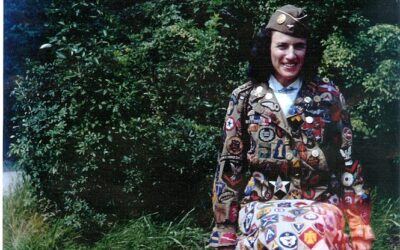In 1907 rancher James H. Cook described his experiences herding cattle from Texas to Nebraska to Eli S. Ricker. While Cook talked Ricker recorded the story in a notebook. The following is an excerpt quoted from that record:
“The trailing of cattle from southern Texas to Kansas and Nebraska began in 1868. Immense herds were, during the existence of the industry, driven through to the north, the first destinations being Abilene, Wichita, and finally Ogallala.
“In the beginning there was no market down in Texas, and southern men started to running their stock north to find a market. The method of driving was something that had to be learned; it required special training to qualify the men who performed the arduous labor of transferring these large herds from the gulf country to the northern selling points.
“It took about twelve men to handle a herd. From six to ten horses to the man were used. There was always a wagon, in the outfit, drawn by a four-ox team; occasionally six oxen were used.
“The right way to drive these cattle was to run them in a long, narrow column which tapered toward the front end to half a dozen in width. On each side and some distance in rear of the leaders was a single driver, and these two foremost drivers were called respectively right and left ‘point’ drivers. Behind these on either side and nearly midway of the column were the right and left hand ‘swing’ drivers; in rear of these at the proper distance were two more ‘swing’ drivers, and in rear of the column were two ‘drag’ drivers. . . .
“Towards six in the evening the cattle would be turned again upon the grass to fill up before winding up the bunch on the bed ground. Two to three hours sufficed for this; and then the process of putting the cattle to bed. This feat consisted in the drivers, who were on all sides of the herd, riding round and round in a circle, gradually contracting the circuit until the cattle were in a compact body with just enough room to lie down. If nothing happened to cause an outbreak, there would be little movement among them before the break of day. The three relief or watches went on duty successively at regular intervals, the division of the night into three periods giving opportunity for all to obtain needed sleep.”
Driving from the south lasted until about 1882.



